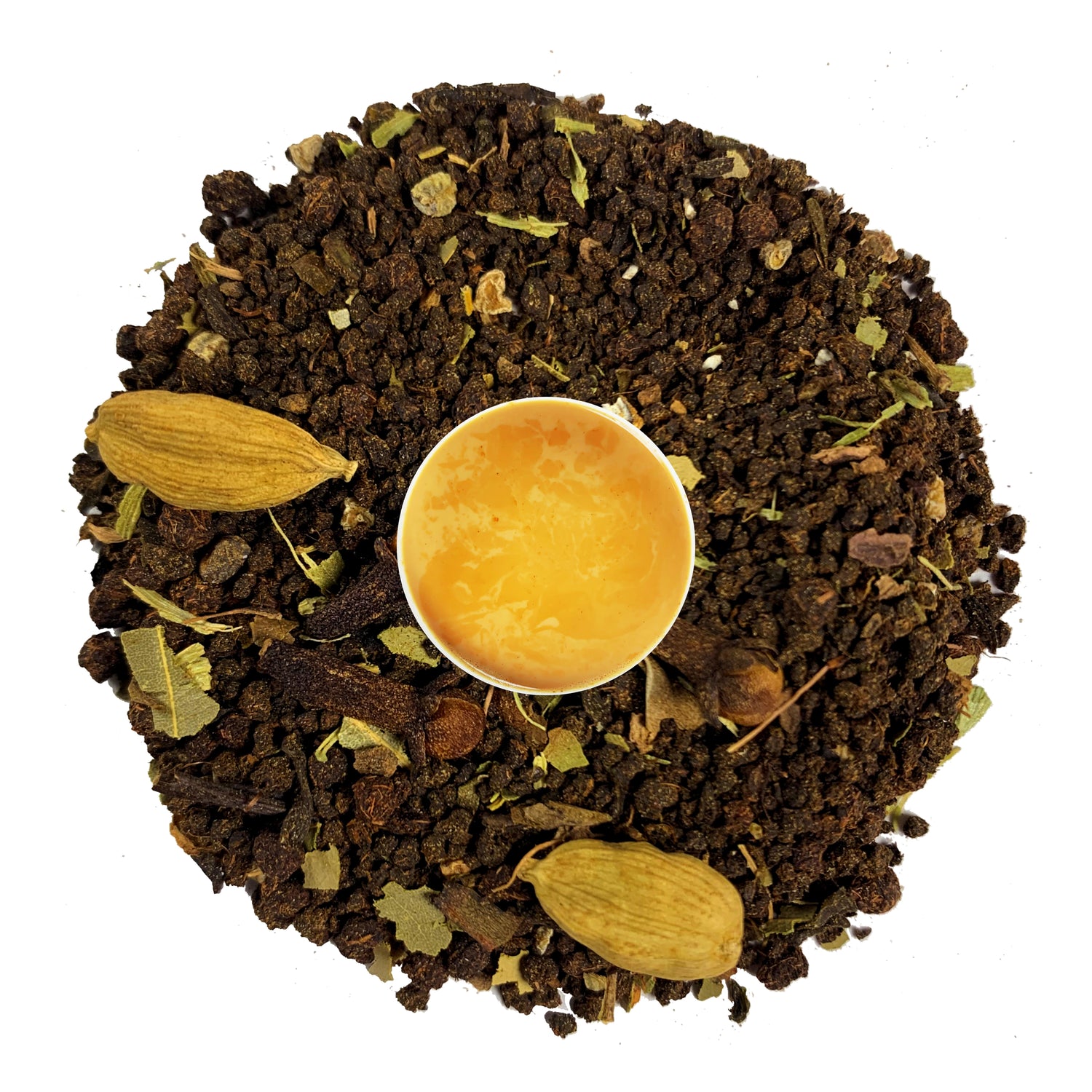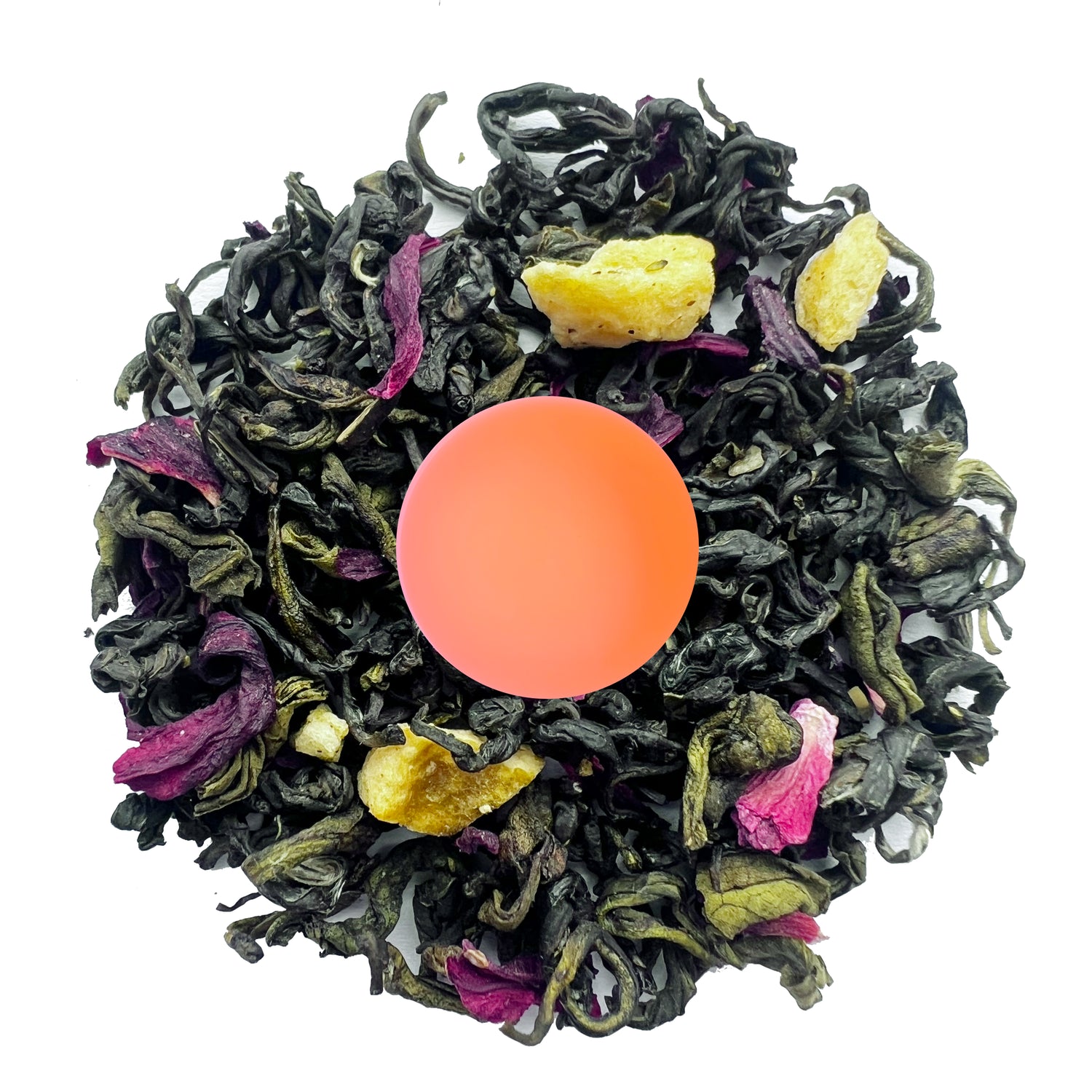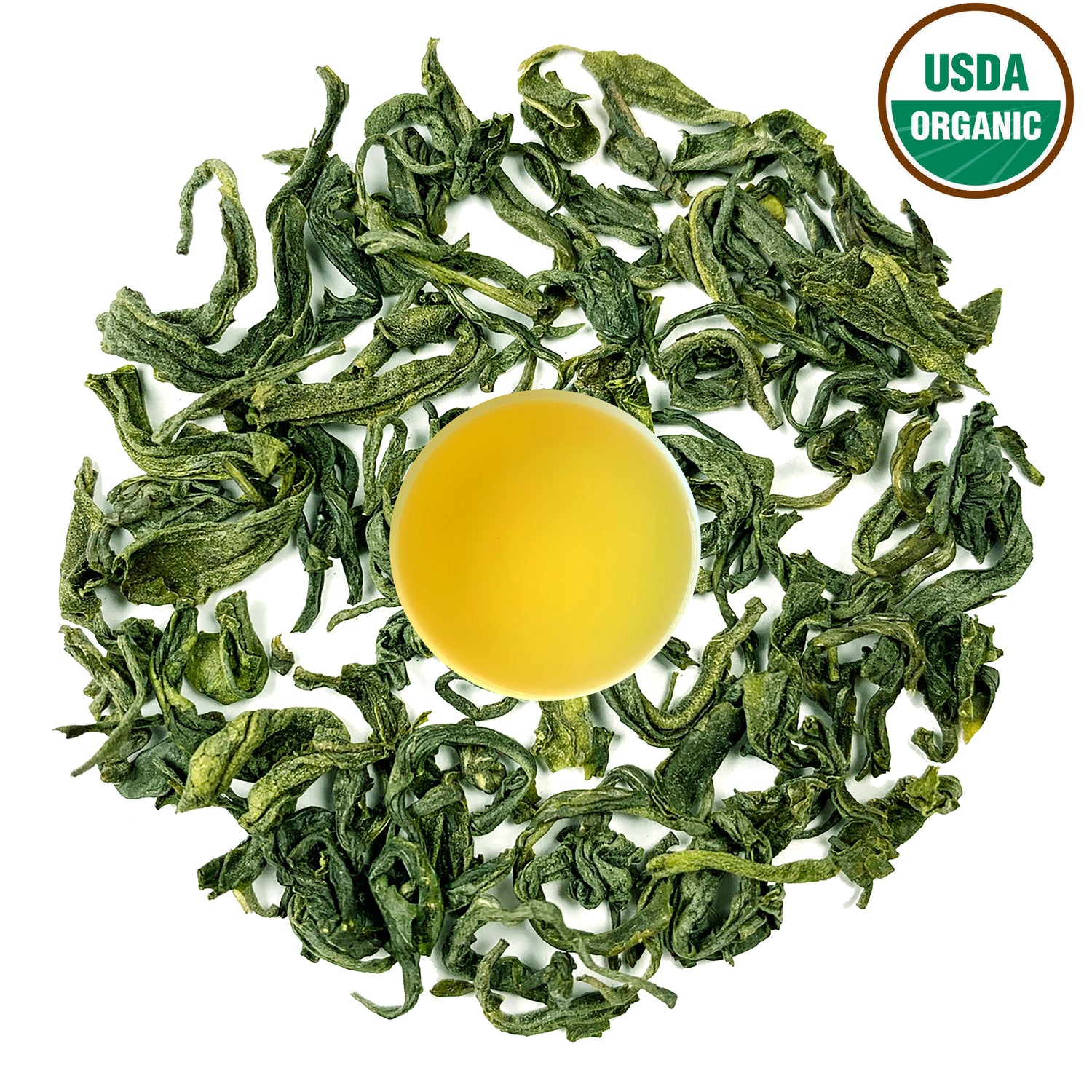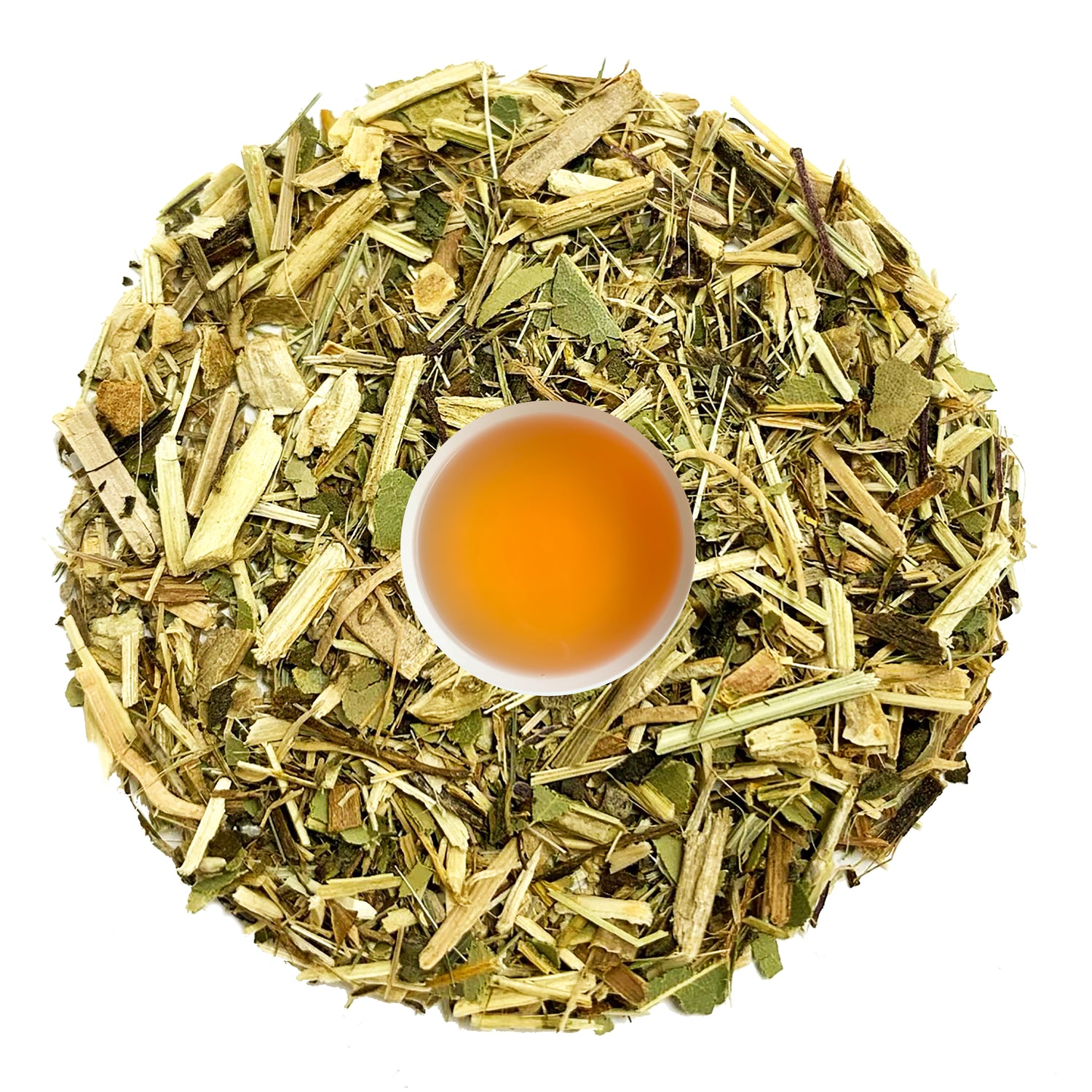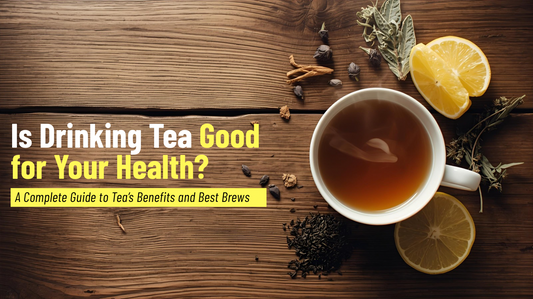
Why Tea Tastes Different Worldwide: Cultural Brewing
Have you ever taken a sip of tea and thought, “Wait… this doesn’t taste like what I had back home!”?
It’s not your taste buds playing tricks on you—it’s real. Tea changes its taste from one country to another. It’s like food, music, or fashion—each place puts its own twist on it.
And if you’ve ever tried Nepal tea, you’ll know it's something special. Grown in the cool air of the Himalayas, Nepal’s tea carries a fresh, floral, and sometimes fruity note that feels like breathing in the mountains.
So, why does tea taste different in every country? The answer is a warm blend of climate, culture, water, and brewing rituals.
Let’s take a flavorful journey around the world—and always keep Nepal close at heart.
Nepal Tea: Pure, Fresh, and Full of Soul
Tea in Nepal isn’t just a drink. It’s a reflection of the country’s peaceful hills, hardworking farmers, and age-old traditions.
Nepal's tea is mostly hand-plucked and grown at high altitudes, especially in places like Ilam and Dhankuta. What does that mean for your cup? Lighter, cleaner flavors, with floral aromas and delicate sweetness.
Most of the tea from Nepal is orthodox—made with care, not machines. It tastes a bit like Darjeeling (our neighbor), but with a bolder body and softer texture. Perfect for tea lovers who like balance and depth.
In Nepali homes, tea (or “chiya”) is made with milk, sugar, spices, and a lot of warmth. It’s what you’re served when you visit someone’s home—it’s how we show care. Because tea is more than a drink—it’s a feeling, a memory, a connection.
When you sip a cup of Nepal tea, you’re tasting the morning dew of the Himalayas. When you try Chinese jasmine, you’re sharing a thousand-year-old tradition. When you enjoy Moroccan mint, you’re part of a culture that believes in warmth and generosity.
Each cup tells a story. Yours could begin with Danfe Tea.
Curious how tea compares to modern health choices? Find out if tea is better than supplements in this deep dive.
China: The Art of Simplicity
Now, let’s fly to China—home of tea since, well… forever. Their brewing style is simple and sacred.
Ever wondered what tea is used in Chinese restaurants? It’s usually a light, roasted oolong or a nutty jasmine green tea. Served without milk or sugar, it’s about letting the tea leaves speak for themselves.
Chinese tea ceremonies are about patience, silence, and appreciation. Kind of like yoga for your taste buds.
Nepal vs. China?
- Chinese tea: Calm, refined, earthy
-
Nepal tea: Fresh, floral, heartfelt
Both are special—just like the friends who drink them.
Japan: Where Tea Feels Like Zen
Japanese tea is less about flavor and more about feeling. Think matcha ceremonies, quiet rooms, slow sips.
Matcha is powdered green tea whisked until it foams. It’s grassy, slightly bitter, and packed with antioxidants. People drink it with focus, like meditation.
Nepal vs. Japan?
- Japanese tea: Deep, ritualistic, grassy
-
Nepal tea: Light, vibrant, aromatic
If Japan’s tea is a quiet forest walk, Nepal’s tea is a peaceful morning on the hills.
Morocco: Minty, Sweet, and Full of Life
Moroccan tea is like a party in your mouth. Green tea with fresh mint and lots of sugar, poured from a height to make it bubbly.
It’s not just a drink—it’s a welcome. People drink it all day long and offer it to guests as a sign of respect.
Nepal vs. Morocco?
- Moroccan tea: Bold, sweet, sociable
-
Nepal tea: Pure, smooth, grounding
One’s a festival, the other’s a slow sunrise. And you need both in life.
The UK: Milk, Biscuits, and “Let’s Have a Cuppa”
British tea culture is cozy. It’s less about the leaf and more about the moment.
Strong black tea, milk, sugar, and maybe a biscuit on the side. It’s something you have during breaks, chats, or when life feels too much.
Nepal vs. UK?
- British tea: Strong, milky, comforting
-
Nepal tea: Gentle, lively, refreshing
A British cuppa gives you a hug. A Nepal tea gives you a breath of fresh air.
Water, Altitude, and Rituals—They All Matter
Tea flavor doesn’t only depend on the leaves. Here’s what else changes the taste:
- Water – Soft water (low minerals) brings out delicate flavors. Hard water? Not so much.
- Altitude – Higher altitude = slower-growing leaves = more aroma (hello, Nepal!).
- Steeping Time – Too long, and it’s bitter. Too short, and it’s bland.
-
Vessels – In China, clay pots. In Japan, small bowls. In Nepal, metal cups or glass.
So… Why Does It Matter?
Because tea is more than a drink—it’s a feeling, a memory, a connection.
When you sip a cup of Nepal tea, you’re tasting the morning dew of the Himalayas. When you try Chinese jasmine, you’re sharing a thousand-year-old tradition. When you enjoy Moroccan mint, you’re part of a culture that believes in warmth and generosity.
Each cup tells a story. Yours could begin with Danfe Tea.
Want to Taste the Difference for Yourself?
Explore the world of Nepal’s finest teas here:
👉 Danfe Tea Collection
Try our soothing green teas, fragrant jasmine blends, or strong and bold black teas—and discover why Nepal tea is taking the global tea world by storm.
Ready to travel the world through your teacup?
Start with Nepal. Start with Danfe.
👉 Browse All Teas Now and find your new favorite sip.
Because the world has many flavors—but nothing tastes quite like Nepal.
FAQs
1. What makes Nepal tea different from other teas?
Nepal tea is grown at high altitudes, often hand-plucked, and crafted in small batches. This creates a clean, floral, and aromatic cup that’s light yet flavorful.
2. Why does tea taste different in every country?
Because of different climates, water types, tea leaves, and cultural brewing methods. Even the teacup can affect flavor!
3. What is the tea used in Chinese restaurant?
It’s usually oolong tea or jasmine green tea, known for their light, slightly roasted, or floral flavors. They’re served without milk to highlight purity.
4. Can I use Nepal tea for making masala chai?
Absolutely! Nepal black tea makes a bold and smooth base for chai. Add cardamom, ginger, and milk—and enjoy the magic.
5. Is Nepal tea good for health?
Yes! Nepal tea is rich in antioxidants, especially green and white teas. It supports digestion, focus, and overall wellness.




